
Unleashing Creativity: The Power of Chord Progressions in Music
Understanding music is much like understanding a language. Just as sentences are formed using words, music is created using notes and chords. Among the building blocks of music, chord progressions play a vital role in establishing movement, emotion, and structure. If you're looking to write memorable songs for a small choir or simply want to dig deeper into your musical journey, understanding chord progressions is a must. In this article, we will break down everything you need to know about chord progressions and how they can shape the sound of your music.
What Are Chord Progressions?
At its core, a chord progression is a sequence of chords played in a particular order. Chords are groups of notes played together, and when we stack them, we create harmonic textures that are pleasing to the ear. Think of chord progressions as the backbone of a song, guiding the overall feeling and direction. Without them, music would be chaotic and unfocused.
Why Chord Progressions Matter
Imagine listening to your favorite song. What grabs your attention? More often than not, it’s the underlying structure created by its chord progressions. Here are a few reasons why they are essential:
- Emotional Impact: Different chord progressions can evoke various emotions. A major chord can sound happy, while a minor chord can feel sad.
- Movement: Chord progressions lead the music from one point to another, creating a sense of journey.
- Familiarity: Many popular songs use the same progressions, offering listeners a sense of familiarity.
- Foundation for Melody: They provide a framework for melodies to be built upon, making the overall composition cohesive.
Understanding the Basics: Major and Minor Chords
Before diving deeper into chord progressions, let’s discuss the two primary types of chords—major and minor. These chords serve as the foundation for most music.
Major Chords
A major chord is built from three notes: the root, the major third, and the perfect fifth. For example, if we take the C major chord, it consists of the notes C (root), E (major third), and G (perfect fifth). Major chords tend to sound bright and uplifting.
Minor Chords
Conversely, a minor chord also consists of three notes but includes the root, the minor third, and the perfect fifth. For instance, the A minor chord consists of A (root), C (minor third), and E (perfect fifth). Minor chords often convey a more somber or reflective mood.
Common Chord Progressions
Now that we have a solid understanding of chords, let’s explore some common chord progressions that can create movement within your music. These progressions serve as templates you can customize for your work with a small choir.
The I-IV-V Progression
The I-IV-V progression is one of the most popular chord progressions used in various genres, from rock to pop. In the key of C major, this progression would look like:
- I: C major
- IV: F major
- V: G major
This progression generates a strong sense of movement and resolution, making it perfect for energetic songs. It frequently appears in small choir songs, allowing for harmonized vocals that enhance the emotional experience.
The ii-V-I Progression
This progression is a staple in jazz music and has a smooth, sophisticated feel. In the key of C major, it consists of:
- ii: D minor
- V: G major
- I: C major
The ii-V-I progression creates tension and release, which can be very captivating, especially when performed by a small choir. The build-up enhances the performance's overall dynamics, allowing the choir to shine.
The I-vi-IV-V Progression
This classic progression works well across different styles and is commonly used in love songs. In the key of C major, it looks like this:
- I: C major
- vi: A minor
- IV: F major
- V: G major
By alternating between major and minor chords, this progression adds emotional depth to your small choir songs, bridging joy and melancholy effortlessly.
Exploring Extended Chord Progressions
While the aforementioned progressions are fantastic for establishing a solid foundation, extended chord progressions can add layers of complexity and interest to your music. These are sequences that incorporate additional chords, moving beyond the basic triads.
Using Secondary Dominants
A secondary dominant is a chord that temporarily tonicizes (makes it feel like the home base) a chord other than the tonic. For example, if we take our I-IV-V progression and add a D7 chord before the G, we would have:
- C (I) → D7 (V/ii) → G (V) → C (I)
This progression creates a stronger pull towards the G major chord, adding excitement and energy to the music, making your small choir songs even more dynamic.
Circle of Fifths Progression
The circle of fifths is another method to create movement in your music. This progression involves moving through the chords in fifths. For example:
- C major → G major → D minor → A minor → E minor → B diminished → F major
This sequence, besides showcasing a rich variety of chords, also creates a feeling of flowing motion, which can be beautifully illuminated in a choir setting.
Tips for Writing Your Own Chord Progressions
Now that you understand some common chord progressions and their impact on music, let’s explore a few tips on how to write your own.
Experiment and Play
Don't be afraid to experiment with different combinations of chords. Start with a simple progression and modify it. Swap out chords, change the order, and see what resonates with you. Finding your unique sound means embracing creativity!
Listen and Analyze
Tune into your favorite songs, especially those that feature small choir songs. Try to deconstruct their chord progressions. Listening to a variety of genres will help you recognize patterns and inspire your songwriting.
Incorporate Your Emotions
Think about the story or emotion you want to convey. Tailor your chord choices to align with that feeling. If you're aiming for a joyful and uplifting atmosphere, lean toward major chords. If your goal is a more reflective or somber tone, opt for minor chords.
Use Technology
Consider using digital audio workstations (DAWs) or apps that allow you to experiment with chords and progressions in real time. Many DAWs come equipped with chord and scale tools that can help you visualize your ideas.
Wrapping It Up: Crafting the Perfect Soundtrack
Mastering chord progressions is crucial for anyone looking to write compelling music, whether for a small choir or on their own. As you've discovered, the choices you make in your progressions can significantly impact the emotion and structure of your songs. Remember, the beauty of music lies in its diversity—don't hesitate to mix and match, break the rules occasionally, and pour your feelings into your creations. So, go ahead, experiment with these chord progressions, and let your creativity flow as you craft beautiful music that resonates with others!
Embark on a journey through the Shopify store of another user. Click here to visit their store. Please note that this is a promotional link, and we do not guarantee the content of the linked store.
Silent Night Free Sheet Music Canon | Easy Organ Arrangement for Christmas
Away in a Manger Intermediate Piano Solo
Christ the Lord is Risen Today Fanfare | Easter Organ Sheet Music. For Organ, Choir or Congregation
Come Thou Fount of Every Blessing Organ Solo – A Powerful and Timeless Arrangement
View Comments
Leave a Comment
No comments



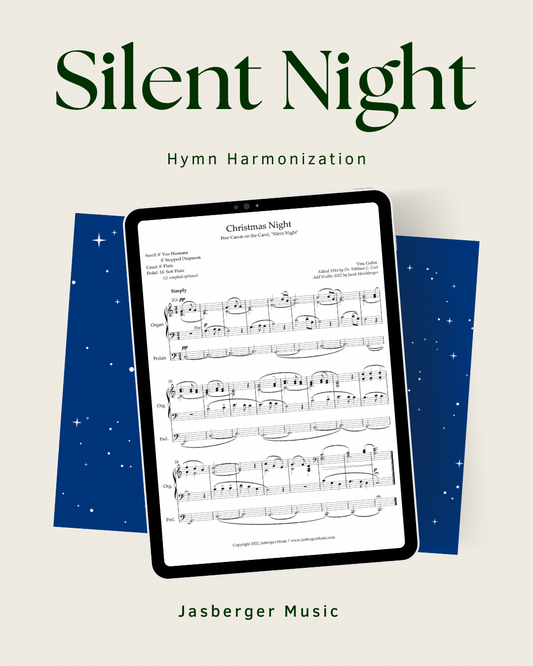
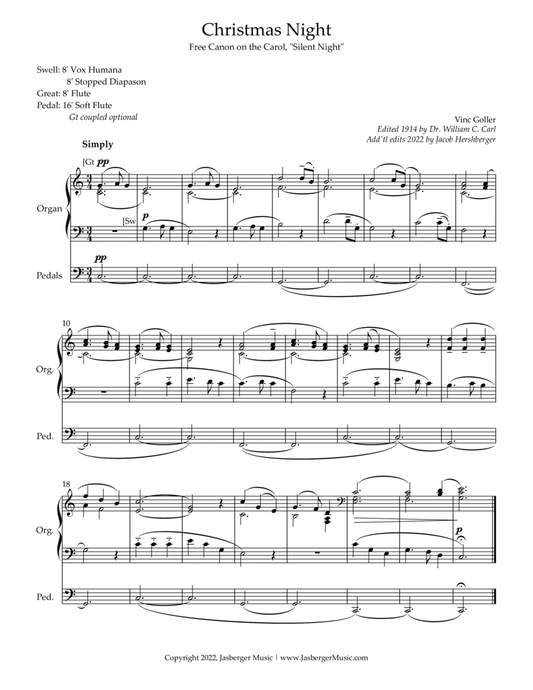

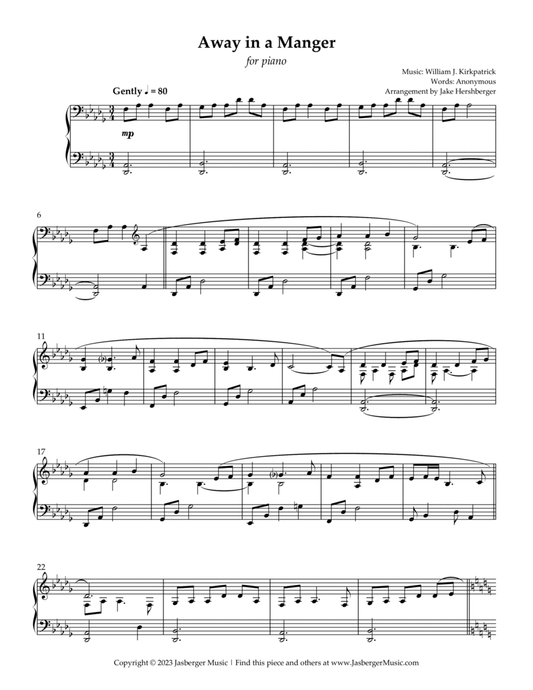
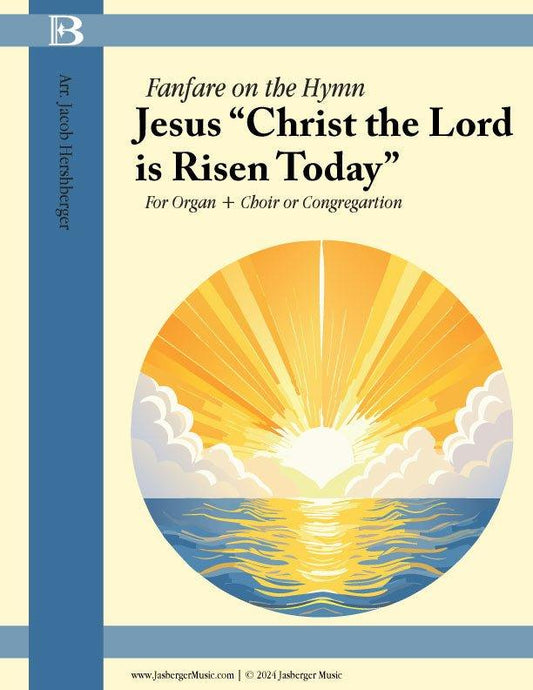
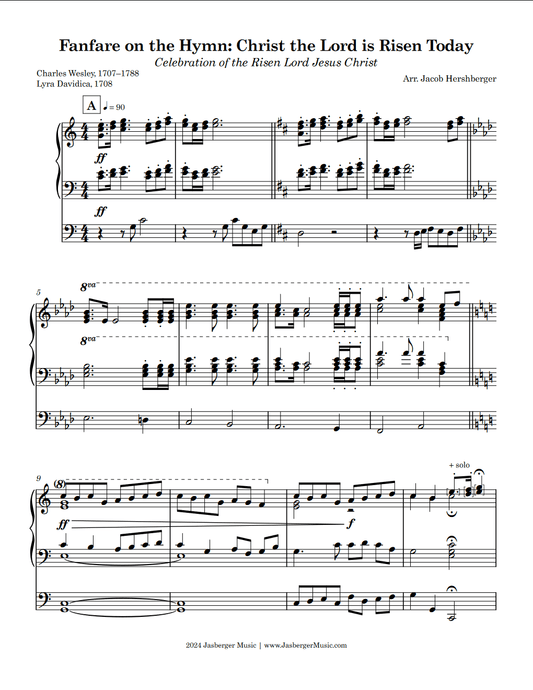
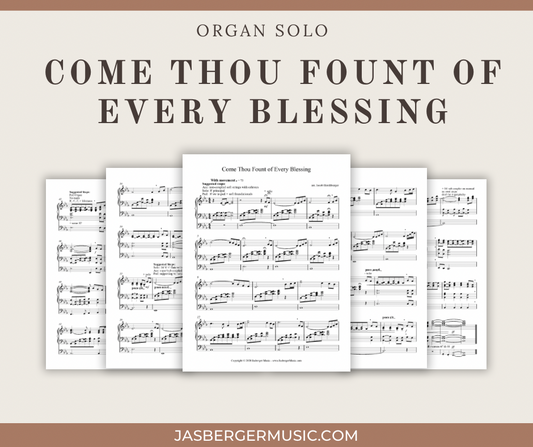
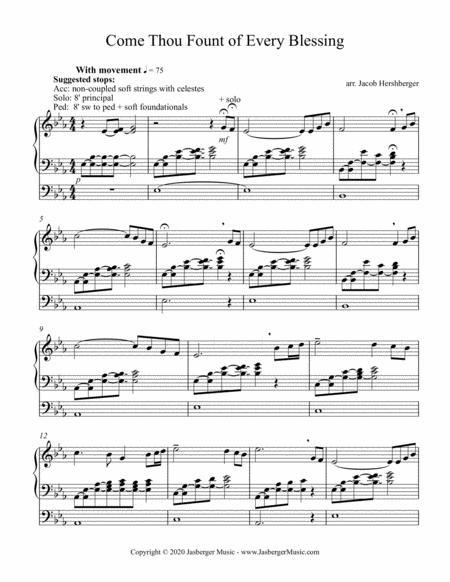

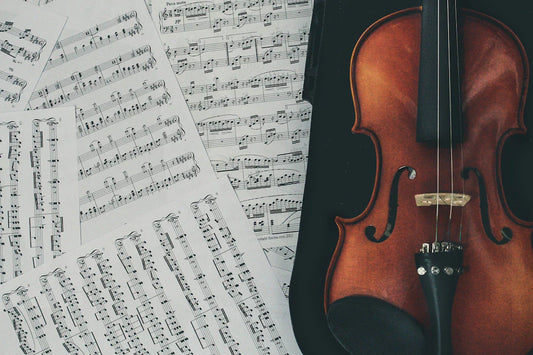

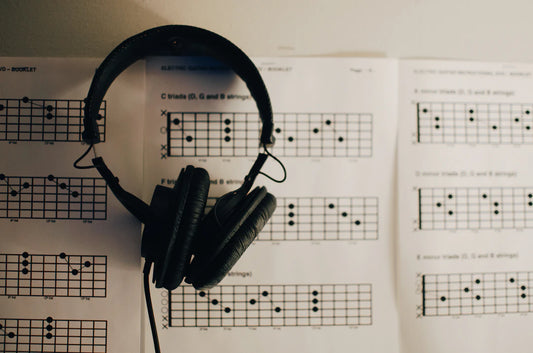
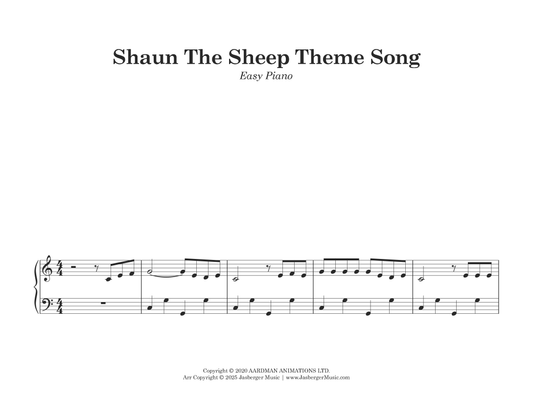
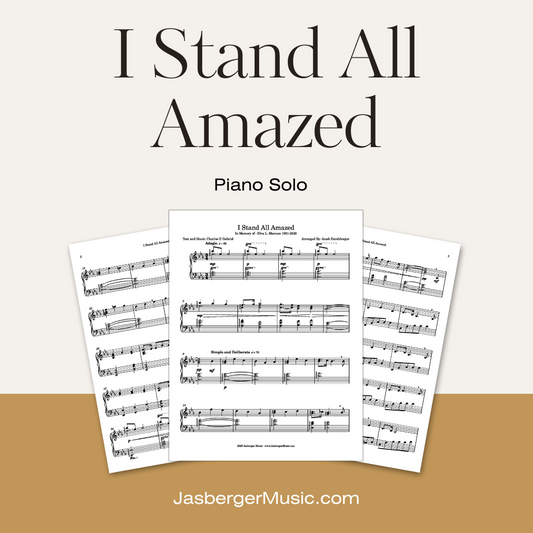
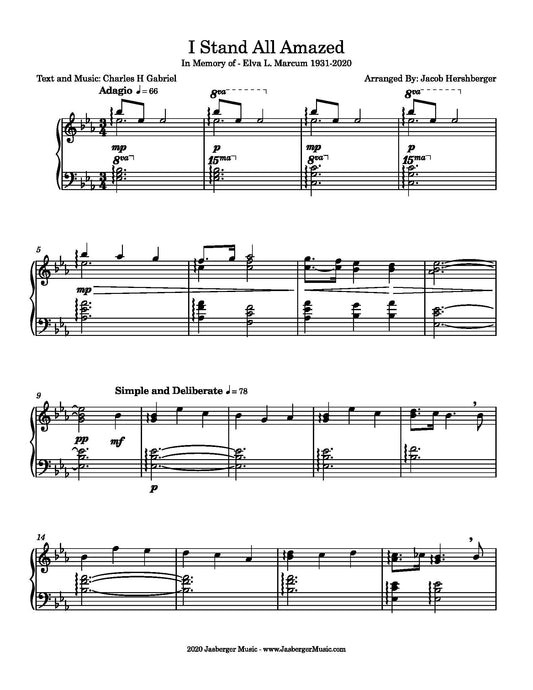
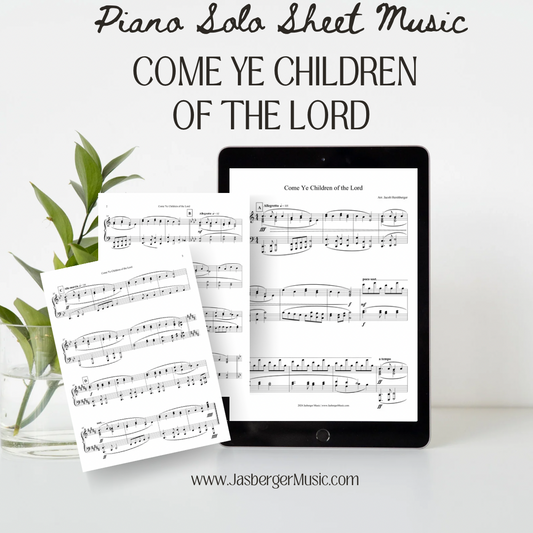
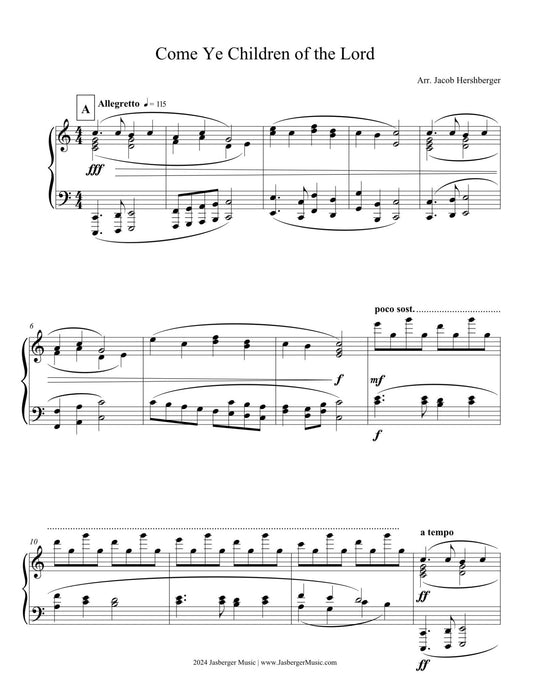

comments